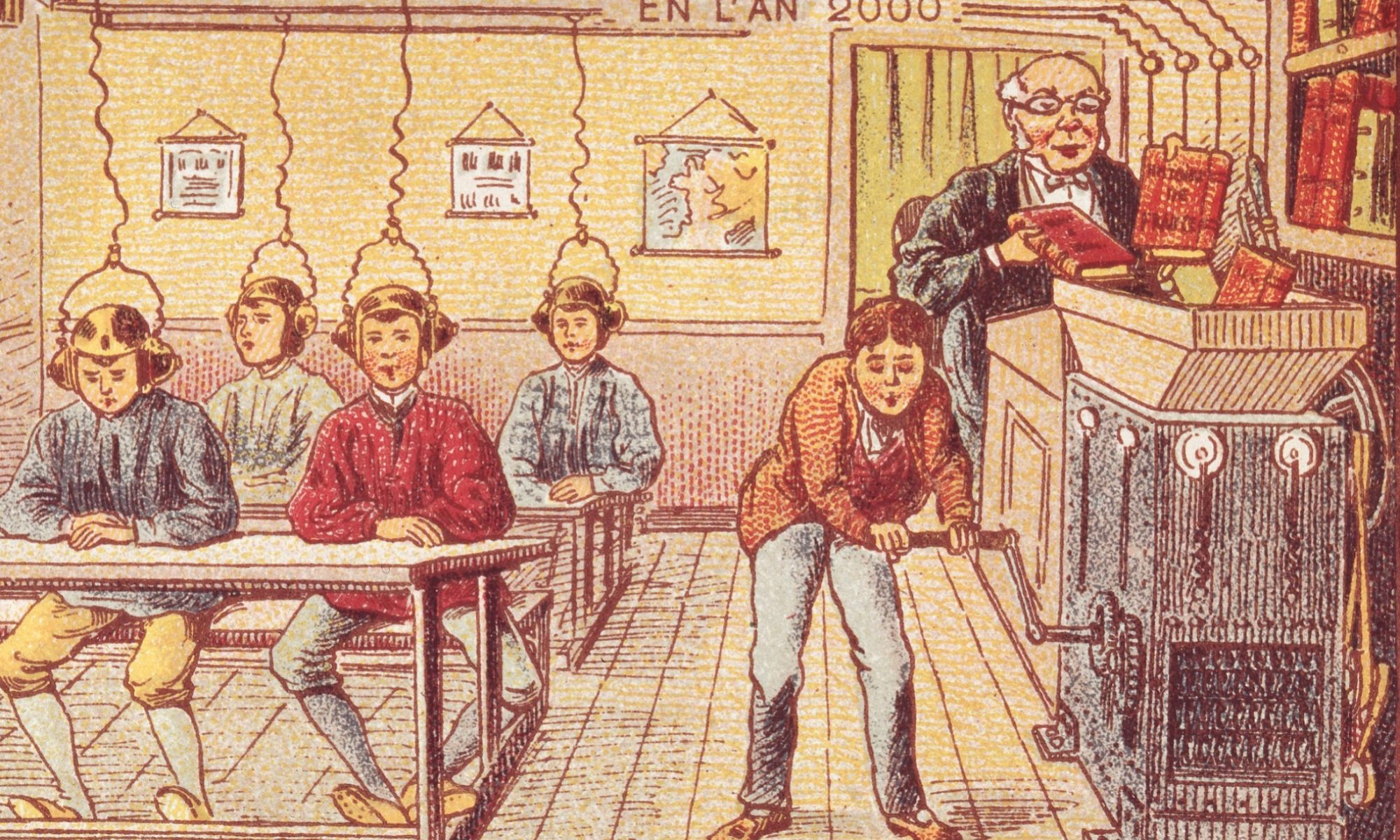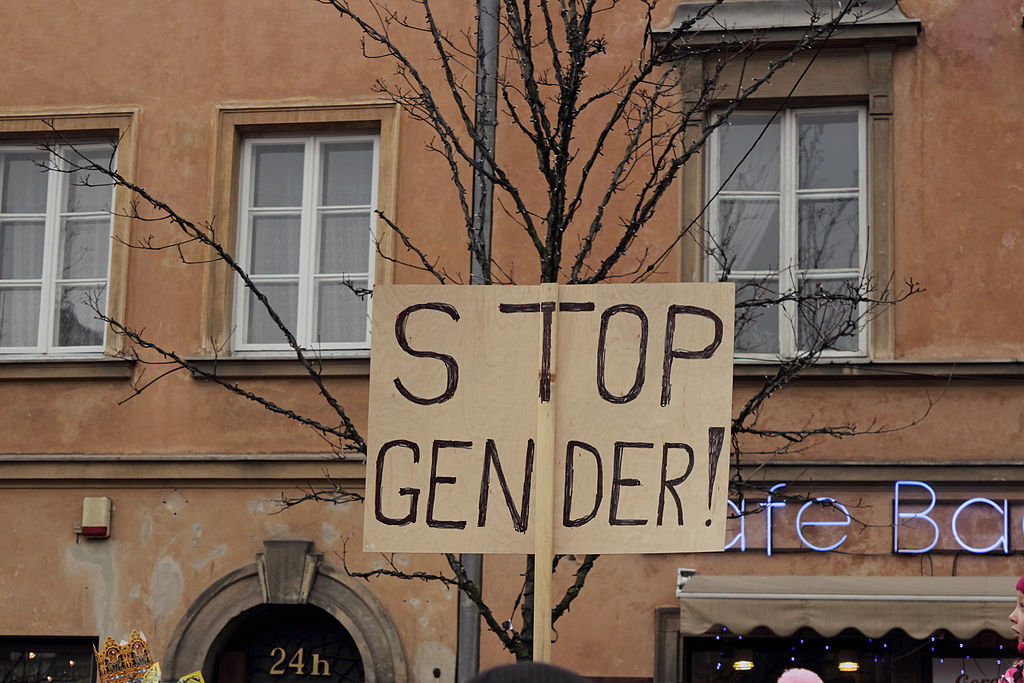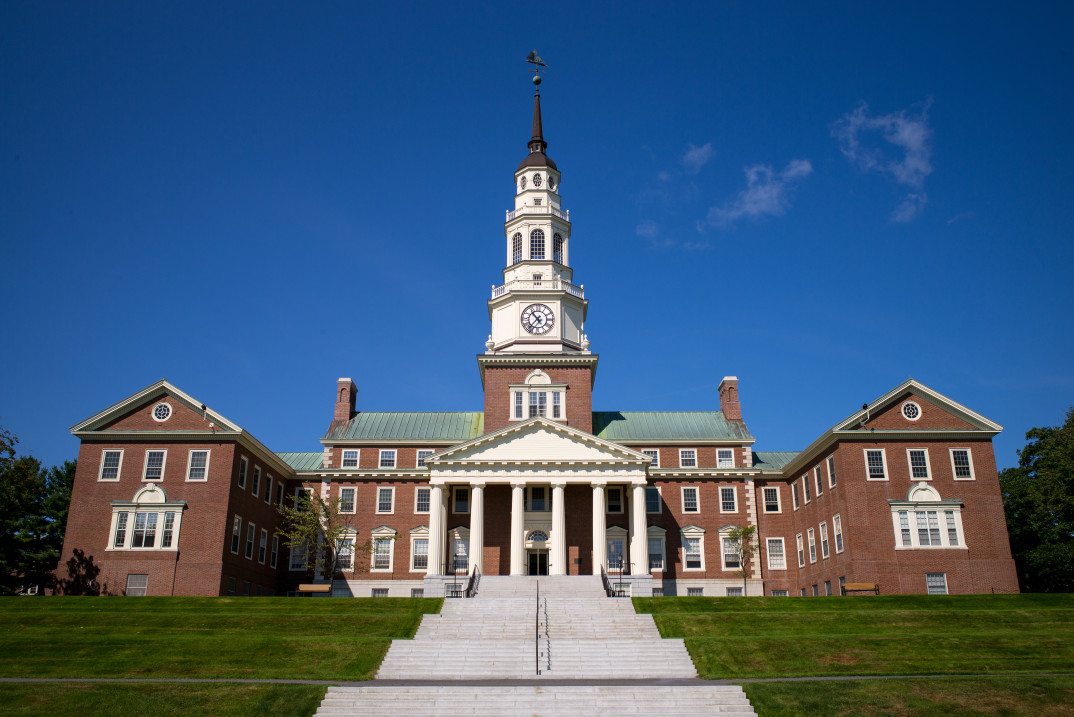In March of last year, the medical school I attend was on the front page of Fox News. The headlines: “Indiana medical students subjected to DEI instruction on gender” and “First-year medical school students exposed to woke ‘sex and gender primer’ lesson.”
The lesson in question was delivered in our first-year anatomy course which, when I took the course, was included in a broader lecture on the embryology of the reproductive organs. This material, though, was explicitly labeled as political — even indoctrination — by commentators at Fox: to quote the latter article above,
“It’s dangerous for one major reason, and that is that these kinds of ideas are very controversial amongst Americans, and to have a medical world pick one side, if you will, pick one sort of approach in a very controversial ideological area just breeds mistrust.”
The same commentator continued:
“Politicization of the idea about gender is something that’s harming children in America, and that’s something we’re very much against, and political ideas shouldn’t be taught in a course on anatomy.”
Education has always been a topic of political interest, but the rhetoric has recently seemed to reach a fever pitch. Book bans. Bans on Critical Race Theory and the discussion of sexual orientation and gender identity. The partisan destruction and reconstruction of New College in Florida. The list goes on, and the debate has likely reached your doorstep, just as it has mine. But even in a heated debate, the core of these arguments deserves our scrutiny, and this instance centering on medical education provides us with a case study.
What happens when education and politics collide?
* * *
The purpose of medical education is to train physicians — to take students with limited experience in medicine (if any) and prepare them to be excellent clinicians. The adjective excellent here is important: competence is the minimum standard, but excellence is the goal. Take a look at the mission statement of any medical school, and you’ll see this idea repeated over and over — and for good reason. You do not just want a competent doctor, you want a good doctor; you may take a competent physician in a pinch, but the doctor you want is one who not only understands the basic pathology and treatment of your malady, but is also kind, compassionate, and attentive. You want a doctor who seeks to understand the larger picture of your health, who understands your goals, who makes you feel safe, comfortable, and heard. Doctors who don’t integrate these facets of medicine into their practice may be competent, but they are not successful.
As such, a key part of the medical curriculum extends beyond the basics of pathophysiology and treatment: medical students are not only expected to be competent in the science of medicine, but also demonstrate the virtues of a good physician. In the clinical curriculum at my medical school, an attending physician provides feedback to students through a 14-point rubric — only four of which are related to medical knowledge. The remaining 10 encompass these broader attributes: how does the student seek out and account for a patient’s social context? How do they communicate with patients and their families? Do they demonstrate integrity as a member of the healthcare team? Do they recognize and respect cultural differences? Are they empathetic?
It’s important to reiterate that the reason students are assessed in this way by their attending physicians is that attending physicians are assessed in this way by patients: medical knowledge is only part of what you want from a doctor. This is why, before students reach the clinical phase of their education, the first two years of medical school are spent in the classroom, where we not only learn what causes such-and-such disease, but also the social determinants of health and how we can cultivate the “soft skills” which are fundamental to clinical practice. As part of this, we are intentionally exposed to a variety of experiences designed to contextualize the idea of health in its social moorings: we learn about how to safety plan with victims of domestic violence, how people of different ages or cultures may have different expectations regarding communication and treatment planning, how to care for people with disabilities, and how, for some patients, spirituality will play a large role in their health care. We also learn from members of the LGBTQIA+ community and are taught how to be a supportive ally. All of these experiences are important for training excellent, empathetic physicians.
With this context, we see that the claim made by the commentators at Fox — that a sex and gender primer is a political intrusion into medical education — is both wrong, and a vast oversimplification.
Above, we discussed how medical education involves training in both clinical and social knowledge and skills — and the lesson at the center of this controversy is an excellent example of teaching at that intersection. The early slides define the terms to be used: it defines sex as a primarily biological construct, and gender as a primarily social construct. It further breaks down both of these terms, drawing the distinction between genotypic and phenotypic sex and elaborating on the differences between gender identity and gender expression. These are useful distinctions to draw in clinical medicine, because all of these concepts are independent of one-another: genotypic sex does not entail a phenotypic sex (or vice-versa), and gender identity and expression can vary in their overlap. Further, an entire section of the lesson is devoted to elaborating on how students, as future healthcare providers, can be inclusive of gender- and sexual-diverse patients: for example, using appropriate pronouns and person-first and anatomy-based language. All of this is important information for medical students, who will care for people across these spectra, to know: with this knowledge, students will be better prepared to build a therapeutic relationship with these patients and provide the excellent healthcare they deserve.
The lesson also provides students with the scientific, clinical knowledge which one would expect of a medical school lecture. It makes the scientifically correct claim that sex and gender are non-binary; and though it is only briefly summarized (as, in my curriculum, the material was covered in detail in another course), the lesson shows how differences in sexual development can place individuals along an entire spectrum of sex. You can have two X chromosomes and male-like genitalia; you can have an X chromosome and a Y chromosome and female-like genitalia. A biological, scientifically-informed concept of sex admits to no binary, and medicine has understood and discussed these differences in sexual development for nearly 50 years. Again: medical students will care for patients with these differences in sexual development, and understanding these differences is a vital part of building a therapeutic relationship and providing excellent healthcare.
We see, then, that the content of this lesson is immediately and well-connected to the purpose of medical education. I do not contend that this content is politically uncontroversial, but we see, here, a very different picture than that presented by the commentators at Fox. This lesson is not indoctrination, it is not ideological, and it does not represent the insertion of political content into an educational context. Rather, pre-existing educational content which aligns with the stated and agreed upon goal of medical education — the training of future physicians to provide excellent care — has been politicized. And though it may seem like splitting hairs, the distinction is incredibly important: there is not a flood of politically-charged content into medical education at Indiana University, but a flood of politically-motivated criticism of medical education’s established curriculum and mission.
But in these terms, the debate takes a very different contour: a commentator can only decry the inclusion of this material in medical education if they disagree with training physicians to provide compassionate, socially-informed care to gender- and sex-diverse communities. And maybe they do. But I won’t put words in their mouth, and, instead, I’ll state the broader point to be had here. Politics and education frequently collide, but the blame should not always be placed on education: in many cases, the educator does not decide to be political, but the politician decides that the educator is. This is why debates about political content in the educational context are, frequently, missing the point: we should not always debate whether or not political content should be discussed in the educational environment, but we should also consider whether or not content which is well-connected to an educational mission should be considered political. I believe that, in the case of the sex and gender primer in my medical school and in many similar cases, the answer is no, and the mechanics of the debate deserve to be questioned.




















